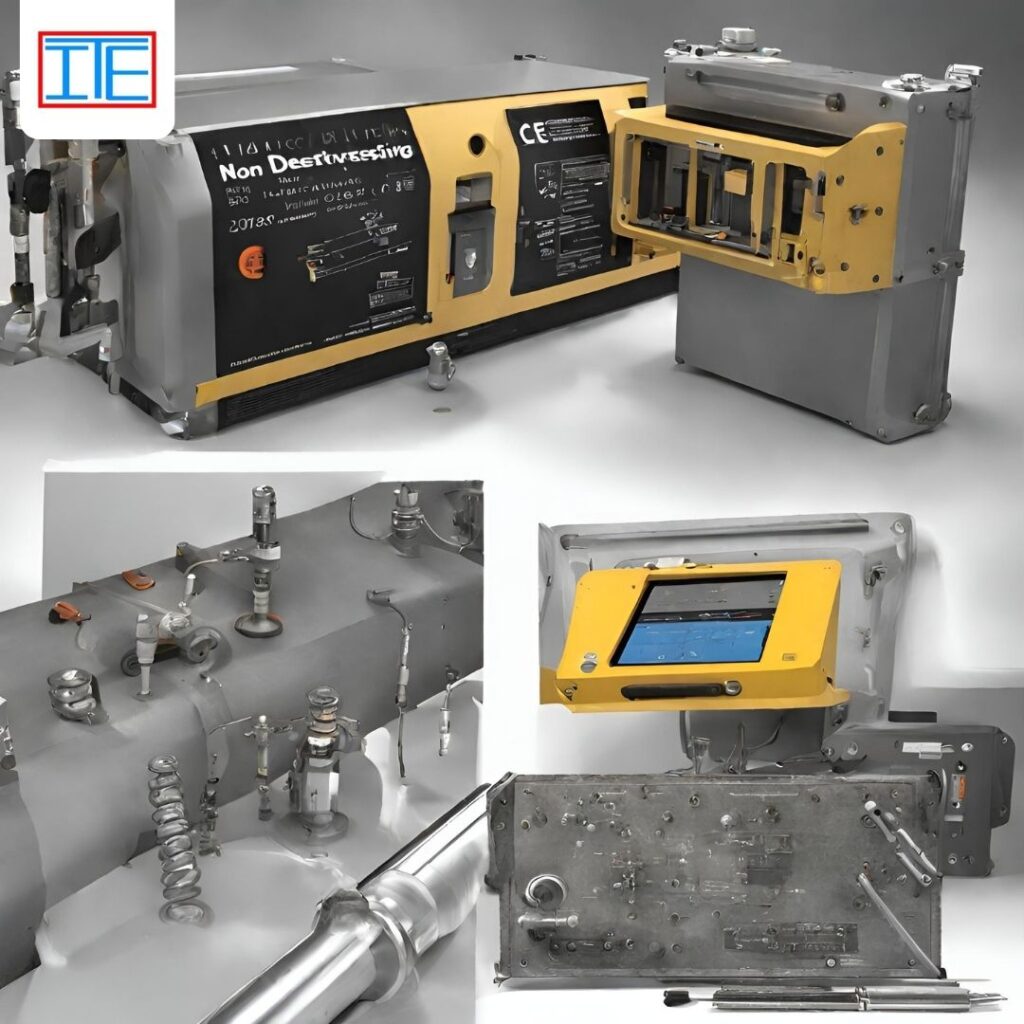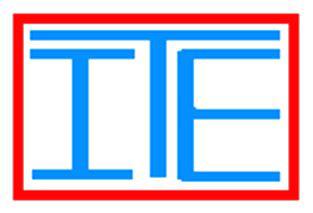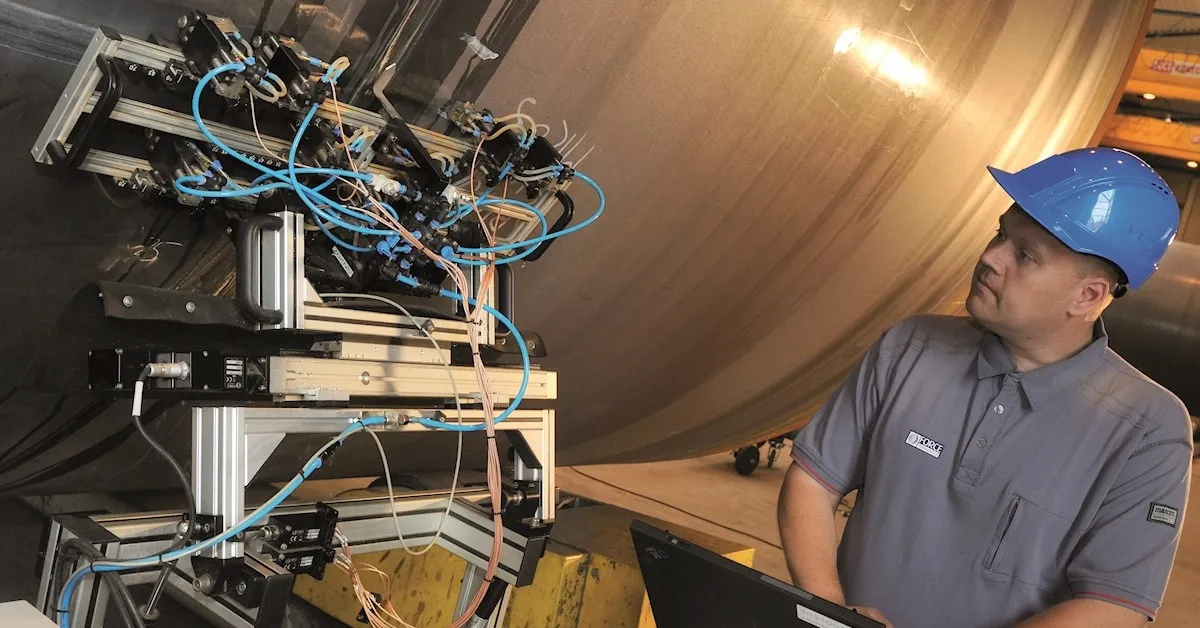Advanced NDT services encompass a range of sophisticated techniques that go beyond the capabilities of conventional methods. These techniques leverage state-of-the-art technologies such as robotics, artificial intelligence, and advanced sensors to provide unparalleled insights into the integrity of materials, structures, and components. Let’s delve into some of the most exciting advancements in the field:

- Phased Array Ultrasonics (PAUT): PAUT is a powerful ultrasonic testing technique that utilizes multiple ultrasonic elements to generate and receive sound waves. By controlling the timing and amplitude of these elements, PAUT systems can produce focused beams of ultrasound, allowing for precise imaging and defect characterization. This technique is particularly useful for inspecting complex geometries and thick-walled components in industries like aerospace, automotive, and oil & gas.
- Computed Tomography (CT) Scanning: Borrowing from medical imaging technology, CT scanning has found its way into the realm of NDT. CT scanners use X-rays to create cross-sectional images of objects, enabling inspectors to visualize internal structures with unparalleled detail. This non-destructive technique is invaluable for detecting internal defects, voids, and material inconsistencies in components ranging from small electronic assemblies to large industrial machinery.
- Eddy Current Array (ECA) Testing: ECA testing builds upon the principles of traditional eddy current testing by employing arrays of coils to induce electromagnetic fields and detect surface and subsurface defects. The use of multiple coils allows for faster inspection speeds and enhanced defect characterization compared to single-coil systems. ECA is particularly well-suited for inspecting conductive materials, such as metal components in aerospace, automotive, and manufacturing applications.
- Digital Radiography (DR): Digital radiography has revolutionized the way industrial inspections are conducted by replacing traditional film-based techniques with digital imaging systems. DR systems use X-rays or gamma rays to penetrate materials and produce high-resolution images that can be instantly viewed and analyzed. This technology offers numerous advantages, including faster inspection times, enhanced image manipulation capabilities, and reduced radiation exposure for inspectors.
- Guided Wave Testing (GWT): GWT is a specialized ultrasonic technique used for inspecting pipes, pipelines, and other structures over long distances. By generating low-frequency ultrasonic waves that travel along the length of a structure, GWT systems can detect defects, corrosion, and wall thickness variations without the need for direct access to the entire surface. This makes GWT particularly well-suited for inspecting buried or insulated pipelines in industries such as oil & gas, petrochemicals, and utilities.
- Remote Visual Inspection (RVI): RVI involves the use of specialized cameras, borescopes, and robotic systems to visually inspect inaccessible or hazardous areas without the need for physical intervention. These systems can navigate through confined spaces, pipes, and ducts to capture high-definition images and videos of internal surfaces. RVI is widely used in industries such as aerospace, power generation, and infrastructure maintenance to assess the condition of equipment and structures without the need for costly and time-consuming disassembly.
The adoption of advanced NDT services offers numerous benefits to industries worldwide, including improved safety, increased productivity, and enhanced asset reliability. By leveraging the latest technologies and methodologies, organizations can gain deeper insights into the condition of their assets, identify potential defects before they escalate into failures, and make informed decisions about maintenance and repair activities.
As technology continues to evolve, the future of non-destructive testing holds even greater promise. From the integration of artificial intelligence and machine learning algorithms for automated defect recognition to the development of novel sensor technologies for real-time monitoring, the possibilities are limitless. In an increasingly interconnected and complex world, advanced NDT services will continue to play a vital role in ensuring the integrity and reliability of critical infrastructure and industrial assets.

